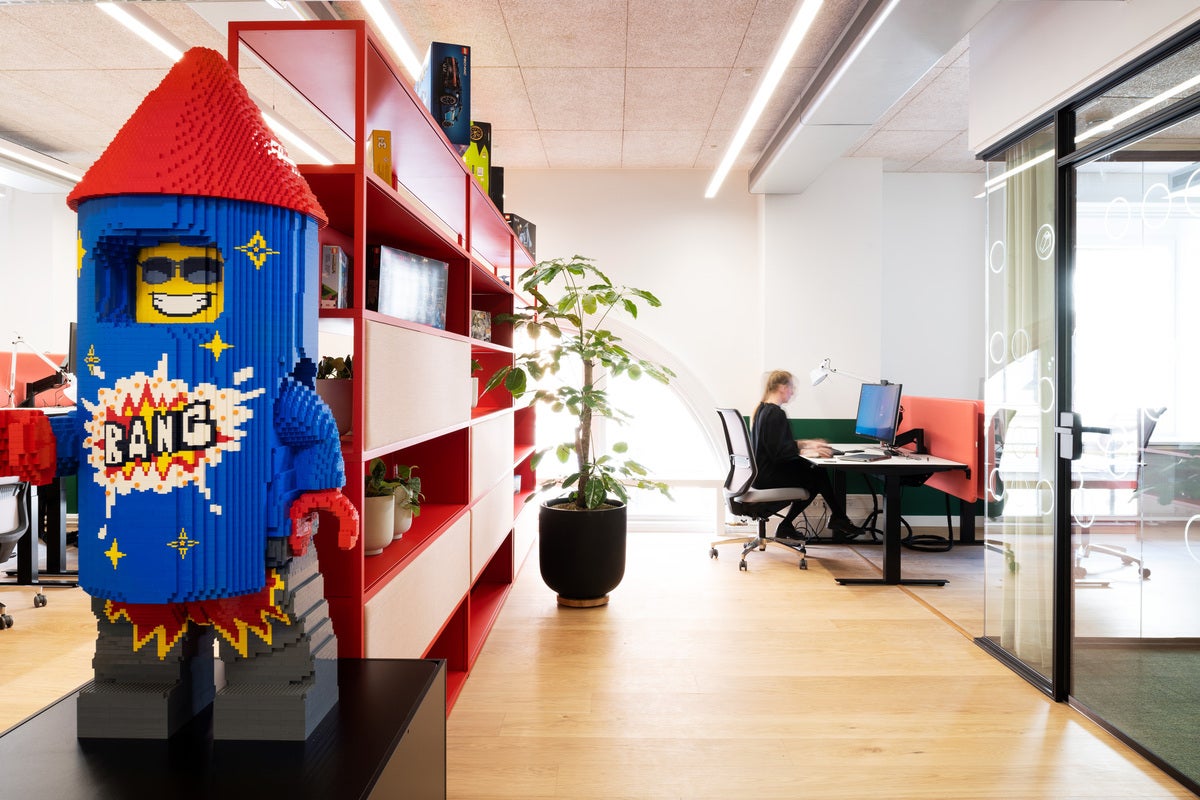Lego, the plastic brick maker, is rapidly growing its software development teams to meet the growing demand for virtual experiences.
Lego is rapidly expanding its software engineering teams as it diversifies from plastic bricks to bits and bytes, but can it compete with top tech firms for the best talent?
The Danish company is investing heavily to become a more technology-enabled business following the explosive popularity of online brick-building games like Roblox and Microsoft’s Minecraft.
Seeing the missed opportunity, Lego announced a partnership with the videogame maker Epic in April this year. The two companies will team up to build new experiences in the metaverse, blurring the lines between digital and physical building experiences.
"The partnership with Epic is our journey into the metaverse and there is a big product piece there to work on and a technology piece to architect for that," Atul Bhardwaj, group chief digital and technology officer at Lego Group told InfoWorld.
To meet these opportunities head-on, Lego is looking to build out its in-house software engineering team, with a goal to triple its digital team to 1,800 people by the end of 2023, based across offices in Copenhagen and Billund in Denmark, London, and Shaghai.
Powering a digital transformation at Lego
To power that transformation, Bhardwaj talks about making Lego more product-led, engineering-led, and architecture-led.
"I look at being product-led as opposed to project-led," he said, which means "defining the problems you solve as a set of digital products that you create and build."
In terms of making Lego Group more engineering-led, Bhardwaj wants to focus on architecture and craft. "What is the engineering craft that you want to have in place to be able to engineer world-class scalable systems?" he asks.
Of course, software engineers will play a huge role, but the new digital hires will be complemented by digital designers, product managers, and technical program managers as the digital team grows.
Building a cloud-native technology infrastructure
All of these ambitions will need to be underpinned by a strong digital architecture. Bhardwaj wants Lego to build systems that "can scale, operate 24/7, and are flexible, open, and easy to connect into."
The company is building a new unified data platform and refreshing its infrastructure to be more flexible and cloud-native. Starting from very little cloud usage 18 months ago, Lego hosts 54% of workloads in the cloud today, with ambitions to be 100% in the public cloud in the future.
"We're going for speed, responsiveness, and flexibility, which the cloud gives you," Bhardwaj said.
Lego Group employs a wide range of languages and frameworks, from Unity for some of the new consumer-facing products, to React for Lego.com, and SAP ABAP for back-office systems. "We've kind of got everything," Bhardwaj said. "In the data platform, we are using Scala and Python. What's cool today we are using. If you are an engineer interested in a modern tech stack, then you'll find it here."
Connecting with the Lego story
Software and Lego have long gone together, as many engineers enjoy building physical models in their spare time as they look to get away from their workstations.
"Every person I interview has a Lego story," Bhardwaj said. "There is connective tissue there with the brand."
Modular software components have long been marketed for their Lego-like utility that can "snap on" to other components. That idea now extends to how Lego itself builds software, through loosely coupled systems and extensive use of APIs.
"When I describe great architecture, it is like Lego bricks, where we can build something, break it apart and rebuild something else relatively easily. That's what we're trying to create here," Bhardwaj said.
Lego also expects its engineers to operate in loosely coupled teams, with the autonomy to build features as they need to.
"We want to build a culture with autonomous teams with freedom to solve problems in the way they best see fit," Bhardwaj "We are a playful company, with play anchored in what we do. That is a big part of our culture."






